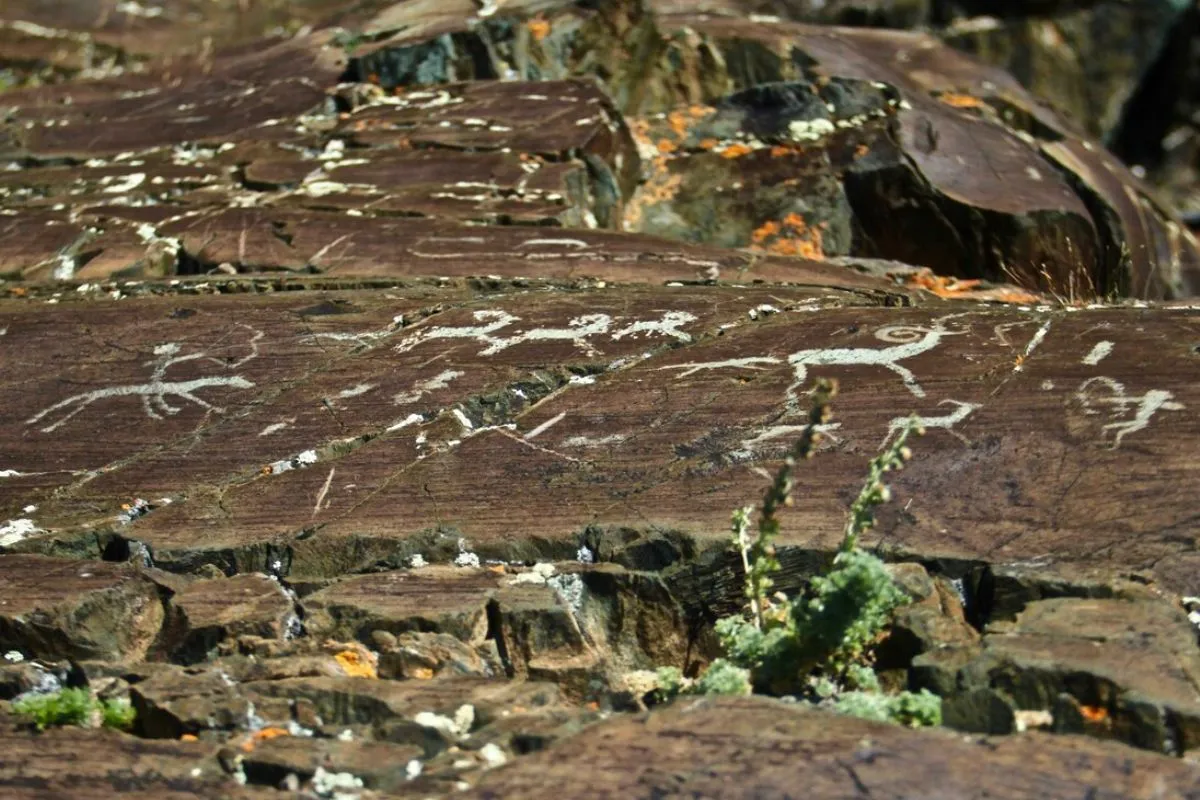Conservation Genetics for Exotic Wildlife Preservation is a burgeoning field that leverages genetic research to maintain and bolster exotic animal populations. This discipline is pivotal in addressing the genetic health of species often found in zoological parks.
Advancements in genetics have opened new avenues for the preservation of biodiversity. Genetic maintenance ensures species’ survival by enhancing their potential for reproduction and adaptability.
With the increasing threats to exotic wildlife, understanding and applying conservation genetics has never been more crucial. This article delves deeply into the key components and applications of this field.
The Role of Conservation Genetics for Exotic Wildlife Preservation
The primary goal of Conservation Genetics for Exotic Wildlife Preservation is to safeguard genetic diversity. This diversity is vital for species’ ability to adapt to changing environments.
Genetic research allows scientists to identify population bottlenecks. Through this, interventions can be designed to augment reproductive success and genetic variability.
Utilizing genetic data, conservationists can make informed decisions. These include strategies for breeding programs and habitat restoration.
Understanding Genetic Diversity
Genetic diversity refers to the total number of genetic characteristics in the genetic makeup of a species. Higher genetic diversity improves the chances of survival against environmental changes.
Loss of genetic diversity can lead to inbreeding depression. This results in reduced fitness and increased susceptibility to diseases.
By measuring genetic diversity, conservation efforts can be more targeted and effective. This is especially important for endangered exotic species.
Applications in Breeding Programs
Breeding programs in zoological parks use conservation genetics to ensure healthy offspring. They aim to maximize genetic diversity and reduce inbreeding risks.
Selective breeding is guided by genetic data. This ensures the continuation of species-specific traits and overall genetic health.
- Identification of genetic markers
- Tracking lineage and pedigree information
- Preventing genetic disorders through careful mate selection
Challenges in Preservation
Conservation genetics faces several challenges. These include limited genetic samples and complex ethical considerations.
Exotic wildlife often suffers from fragmented populations. This makes it difficult to maintain genetic diversity.
Ethical dilemmas arise when genetic manipulation is considered. Balancing intervention with natural processes is crucial.
Fragmented Populations
Fragmentation leads to isolated groups of animals. These groups have reduced genetic exchange, resulting in lower diversity.
Restoration of habitats and creating wildlife corridors can facilitate genetic flow. This is vital for the long-term survival of species.
- Reconnecting isolated populations
- Promoting genetic exchange
- Enhancing overall biodiversity
Ethical Considerations
The use of genetic technology in wildlife conservation raises ethical questions. These must be addressed to ensure the welfare and natural behavior of animals.
Intervention strategies should aim for minimal intrusion. They should support the animal’s natural processes and habitats.
Conservationists must work with ethicists to establish guidelines. This ensures responsible and ethical use of genetic research.
Impact and Future Directions
The impact of conservation genetics is evident in improved survival rates. Many species have benefitted from these advanced techniques.
Future directions may include more sophisticated genetic editing tools. These could further enhance preservation efforts.
Collaborative efforts among global conservationists are crucial. Sharing data and resources can amplify the success of preservation strategies.
Case Studies in Conservation of Exotic Species
Several species have shown remarkable recovery through genetic conservation techniques. For instance, the Amur leopard’s population has seen significant improvements.
The Arabian oryx, once nearly extinct, now thrives in protected areas. This success is due to thoughtful genetic intervention.
These case studies showcase the real-world impact of conservation genetics. They provide a blueprint for future conservation initiatives.
Amur Leopard
The Amur leopard, a critically endangered species, suffered from low genetic diversity. Genetic research identified key areas for intervention.
Targeted breeding programs were implemented. These have led to a notable increase in population size and genetic health.
Arabian Oryx
The Arabian oryx faced extinction due to hunting and habitat loss. Genetic conservation efforts have been central to their recovery.
Reintroduction programs, supported by genetic data, have been successful. Today, the species can be found in multiple protected areas.
Technological Advancements
Technological advancements are continually enhancing conservation genetics. CRISPR and other gene-editing tools hold promise for the future.
These tools can address genetic disorders and enhance reproduction rates. Their potential applications are vast and varied.
However, they also come with ethical challenges. Ensuring responsible use is paramount.
Engaging the Public and Policymakers
Public awareness and policy support are crucial for the success of conservation genetics. Educating the public can garner support for initiatives.
Policymakers play a vital role in providing funding and creating regulations. They ensure that conservation efforts are sustainable and ethical.
Collaborative efforts between scientists, the public, and policymakers can drive meaningful change. This trio is essential for the long-term success of conservation strategies.
Public Education
Educational programs can highlight the importance of genetic diversity. They can drive community involvement in conservation efforts.
Zoological parks serve as educational platforms. They can provide firsthand insights into conservation genetics.
- Hands-on demonstrations
- Workshops and seminars
- Interactive exhibits
Policy Support
Policies should encourage sustainable practices. They should support research funding and ethical guidelines for genetic interventions.
International cooperation is key. Sharing genetic data and resources can enhance global conservation efforts.
Community Engagement
Engaging local communities is essential. They can be allies in habitat restoration and monitoring efforts.
Community-led conservation programs have shown significant success. They harness local knowledge and resources.
Through workshops and collaborations, communities can be educated on the importance of genetic diversity.
Looking Forward
In summary, conservation genetics offers powerful tools for the preservation of exotic wildlife. From breeding programs to habitat restoration, the applications are vast.
Ethical considerations and public engagement are crucial. They ensure the responsible use of genetic technology.
The future of exotic wildlife hinges on continued research and collaboration. By leveraging conservation genetics, we can ensure a sustainable future for these species.
A call to action: Support conservation initiatives and stay informed. Your involvement can make a difference in preserving the planet’s biodiversity.
Frequently Asked Questions
What is the main goal of conservation genetics?
The main goal is to maintain genetic diversity to ensure species’ survival and adaptability.
How do breeding programs use genetic data?
Breeding programs use genetic data to select mates that maximize diversity and reduce inbreeding risks.
Why is genetic diversity important?
Genetic diversity is crucial for species to adapt to environmental changes and resist diseases.
What are some challenges in conservation genetics?
Challenges include limited genetic samples, population fragmentation, and ethical considerations.
How can the public support conservation efforts?
The public can support by staying informed, participating in educational programs, and advocating for policy support.



